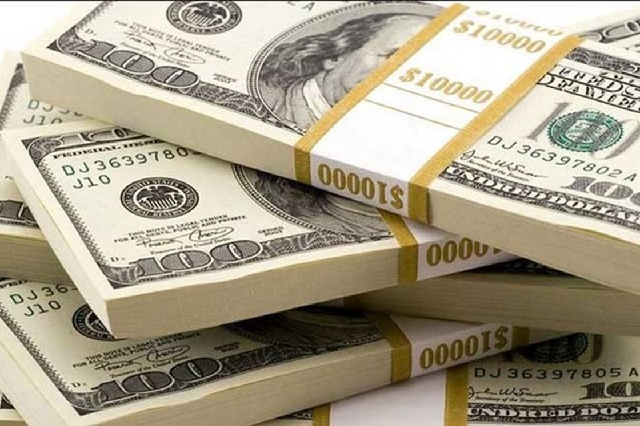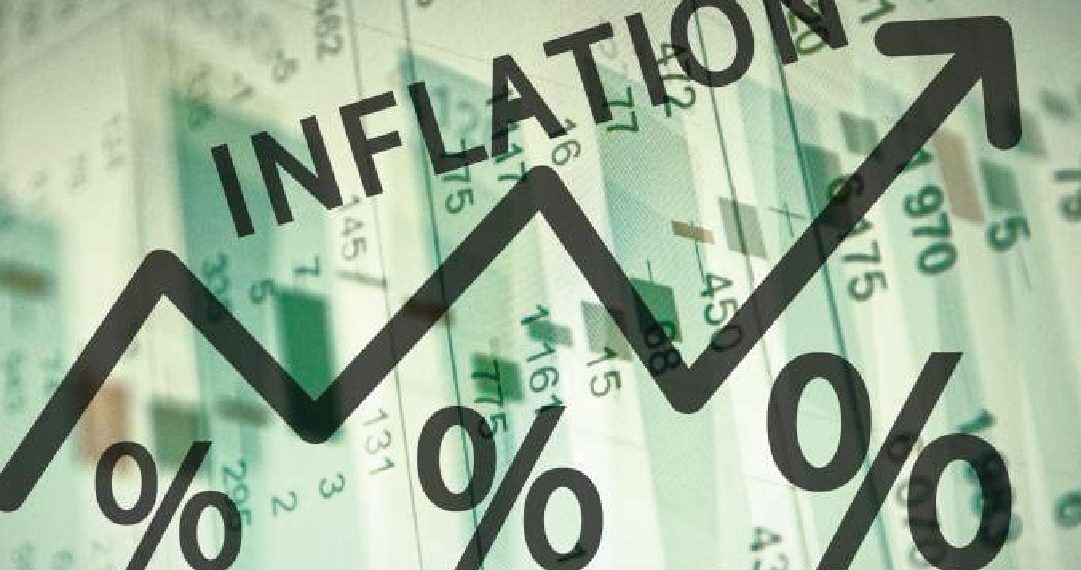The dollar rose broadly on Wednesday as concerns grew that U.S. President Donald Trump may soon ramp up a trade war with Beijing by imposing tariffs on more Chinese imports.
Trump could impose levies on $200 billion more of Chinese imports after a public comment period on the new tariffs ends on Thursday, though it is unclear how quickly that will happen.
Investors wary of the deadline stayed loyal to the safe-haven greenback on Wednesday and it rose against major currencies like the euro and the British pound.
The greenback also drew further support from upbeat U.S. indicators underlining the case for further interest rate increases by the Federal Reserve.
The dollar index .DXY, which measures the U.S. unit against a basket of six currencies, was up 0.1 percent at 95.442 as of 1100 GMT, not far off a two-week high of 95.737 reached during the previous session.
This year began with the dollar in retreat and investors convinced of further declines but now there appears to be very little to stop its ascent.
A crisis in the Turkish lira and the U.S.-China trade war have made the dollar a principal haven for investors seeking shelter and President Trump appears to be revelling in the strong dollar and its ability to bring pressure on his foes.
Since Tuesday, the dollar has gained more than 2 percent against the South African rand ZAR=D3 and the Argentine peso ARS=D1, and more than 1 percent against Mexican and Colombian pesos. MXN=D3 COP=D1
The greenback is up in 2018 against every major currency except the Mexican peso and Japanese yen. But some analysts believe the dollar may yet stumble before the year is out.
“Cyclical forces will start to work against the dollar: relative economic momentum, relative monetary policy expectations and relative political uncertainty will start to exhibit similar dynamics that weighed on the dollar in the second half of 2017,” said Viraj Patel, currency strategist at ING.
“Given the bleak global investment environment, we prefer to express our lower dollar versus majors view against safe-haven reserve currencies like the Japanese yen and the Swiss franc,” Patel added.
The Australian dollar AUD=D3, which had been languishing at its weakest levels since mid-2016, gained on Wednesday after Australia posted its best economic growth in six years.
It advanced 0.3 percent to $0.7196 moving off its lowest level since May 2016, reached during the previous session.
The euro EUR=EBS was 0.1 percent lower at $1.1597 and the British pound GBP=D3 was down 0.2 percent at $1.2827.
Emerging market currencies fell overnight as investors feared export-oriented economies would be caught in the crossfire of any escalating trade conflict. A JPMorgan emerging market currency index. MIEM00000CUS on Wednesday hovered near a 15-month low reached during the previous session.
“As long as the United States and China are quarrelling, it’s easy for commodity prices to fall, and commodity and emerging market currencies are easily sold as well,” said Yukio Ishizuki, senior currency strategist at Daiwa Securities.














